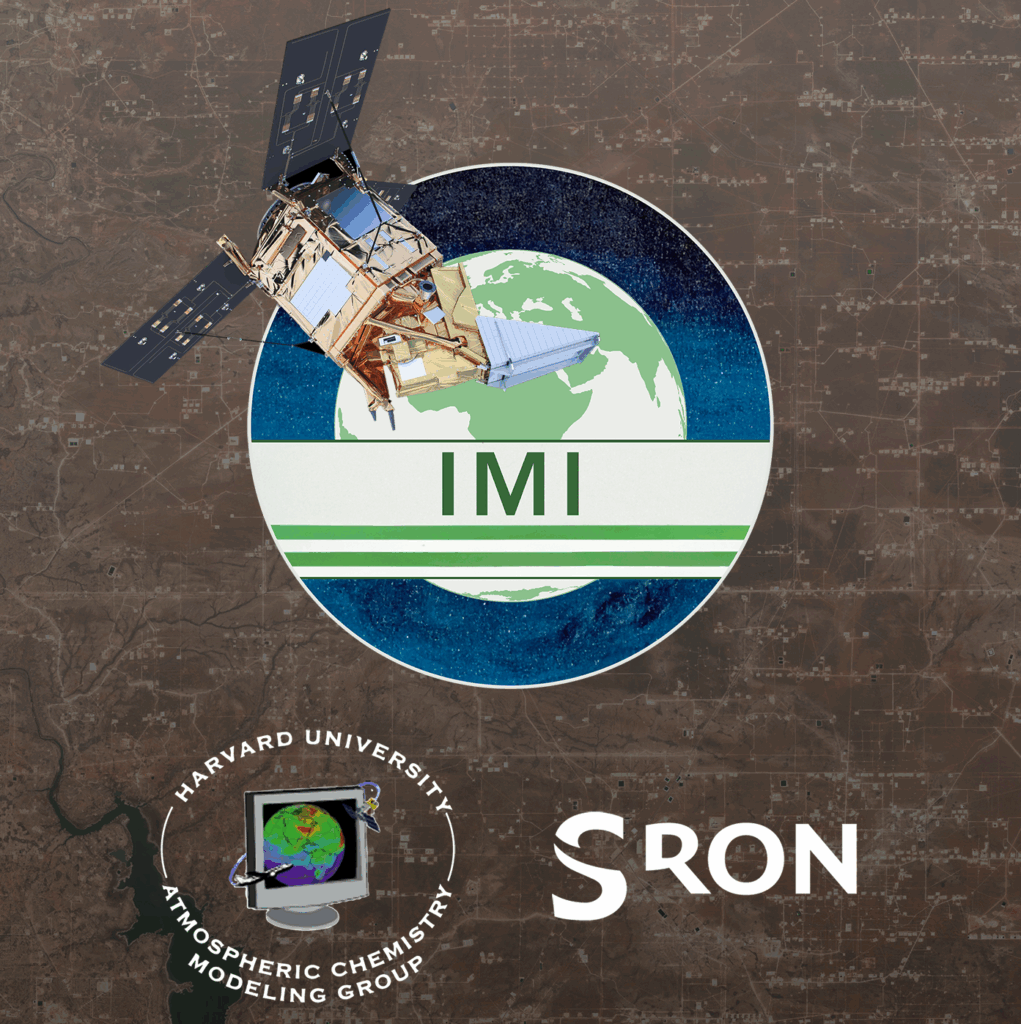SRON gaat samenwerken met Harvard University, dat een computertool heeft ontworpen om regionale emissiedata te schatten uit TROPOMI-data. Deze Integrated Methane Inversion (IMI) tool automatiseert het omzetten van TROPOMI’s observaties van methaanconcentraties in emissiewaarden. Daarmee helpt IMI wereldwijd wetenschappers en nationale monitorinstanties om methaanemissies in kaart te brengen.
methaanpluimen verwaaien
Het Nederlandse ruimte-instrument TROPOMI monitort gasconcentraties in de aardatmosfeer, waaronder methaan. Het scant dagelijks de volledige wereldbol met pixels ter grootte van een stad; 7 x 5.5 km2. Het is echter niet eenvoudig om daaruit de onderliggende emissies te ontleden, omdat methaanpluimen snel verwaaien. De benodigde modellen en methoden voor die conversie zijn ingewikkeld en vereisen veel computerkracht.
Integrated Methane Inversion
Om emissies toch beschikbaar te stellen aan een bredere gemeenschap, heeft de Harvard Atmospheric Chemistry Modeling Group vorig jaar de Integrated Methane Inversion (IMI) computertool geïntroduceerd. Onderzoekers kunnen het bijvoorbeeld gebruiken om de effectiviteit van klimaatbeloftes te bestuderen. En nationale monitorinstanties kunnen de data vergelijken met de geschatte broeikasgasuitstoot van hun land.
emissievelden
De IMI-tool vertaalt TROPOMI-observaties naar (jaarlijkse) emissievelden op een resolutie van 25 x 25 km2, die in de toekomst nog zal verbeteren. SRON Netherlands Institute for Space Research sluit zich nu aan bij de verdere ontwikkeling en ondersteuning van IMI om het maximale uit hun TROPOMI-data te halen.



